The Real Definition of Witchcraft: Unfiltered Truth
- Bran Alder

- Feb 15
- 2 min read
Updated: Mar 1

The Real Definition of Witchcraft: Unfiltered Truth
What is Witchcraft Really?
What comes to mind when you hear the word “witchcraft”? For many, it’s images of pointy hats, cauldrons, and dark magic fueled by ancient myths. For others, it’s a symbol of rebellion or even something sinister, shaped by centuries of fear and misinformation. But what if I told you that witchcraft is far from these misconceptions? What if it’s not just about spells and potions but about deep connection—to nature, to oneself, and to the unseen energies that weave through the world?
Witchcraft has, indeed, been distorted through centuries of misinformation, fear, and sensationalism. Historically, witches were healers, herbalists, and community spiritual guides. Over time, religious institutions and political entities demonized these practices, leading to persecution. The term “witchcraft” itself comes from the Old English "wiccecræft," meaning “craft of the wise.” But today, witchcraft isn’t just something of the past—it’s a vibrant and evolving spiritual practice that draws on ancient wisdom, energy manipulation, and a deep respect for nature.
It is neither inherently evil nor bound to any single religion—rather, it is a vast and diverse tradition that spans cultures and millennia.
The Origins and Evolution of Witchcraft
Ancient Witchcraft: Early societies relied on witches for healing, divination, and rituals to honor the cycles of nature.
Medieval and Renaissance Witch Hunts: Fear-driven campaigns led to the execution and suppression of those accused of practicing the craft.
Modern Witchcraft: Contemporary witchcraft embraces various forms, including Wicca, traditional witchcraft, and eclectic spiritual paths.
Debunking Common Myths About Witchcraft
Witchcraft is not synonymous with Satanism. While some practitioners may identify as Satanic witches, most forms of witchcraft are nature-based, not tied to Christian theology.
Witches do not always practice magic in the Hollywood sense. Magic in witchcraft is about intention, energy manipulation, and working with natural and spiritual forces—not shooting fireballs from fingertips.
Witchcraft is not inherently evil or harmful.Ethical witches follow principles like the Wiccan Rede (“Harm none”) or personal moral codes.
Modern Witchcraft and Its Role Today
Witchcraft today is a deeply personal practice that can include:
Spellwork and ritual magic
Herbalism and natural healing
Divination (tarot, astrology, pendulums)
Ancestral and spirit work
Energy manipulation and manifestation
Many modern witches integrate technology, psychology, and scientific knowledge into their craft, bridging ancient traditions with contemporary insights.
How to Start Practicing Witchcraft
If you’re new to witchcraft, here are some steps to begin your journey:
Study the History and Traditions – Understanding the roots of witchcraft provides a solid foundation.
Learn Energy Work and Meditation – Mastering your energy and focus is key to effective spellwork.
Connect with Nature – Observing the natural world enhances your spiritual awareness.
Explore Different Paths – There are many traditions, from Wicca to hedge witchery; find what resonates with you.
Keep a Book of Shadows or Grimoire – Documenting your experiences helps track your growth and insights.
Final Thoughts: Witchcraft is Empowerment
At its core, witchcraft is about personal empowerment, self-discovery, and working with the unseen forces of the universe. It is a path of wisdom, growth, and connection.
By understanding the real definition of witchcraft, we can move beyond misconceptions and appreciate the depth and power of this ancient practice.
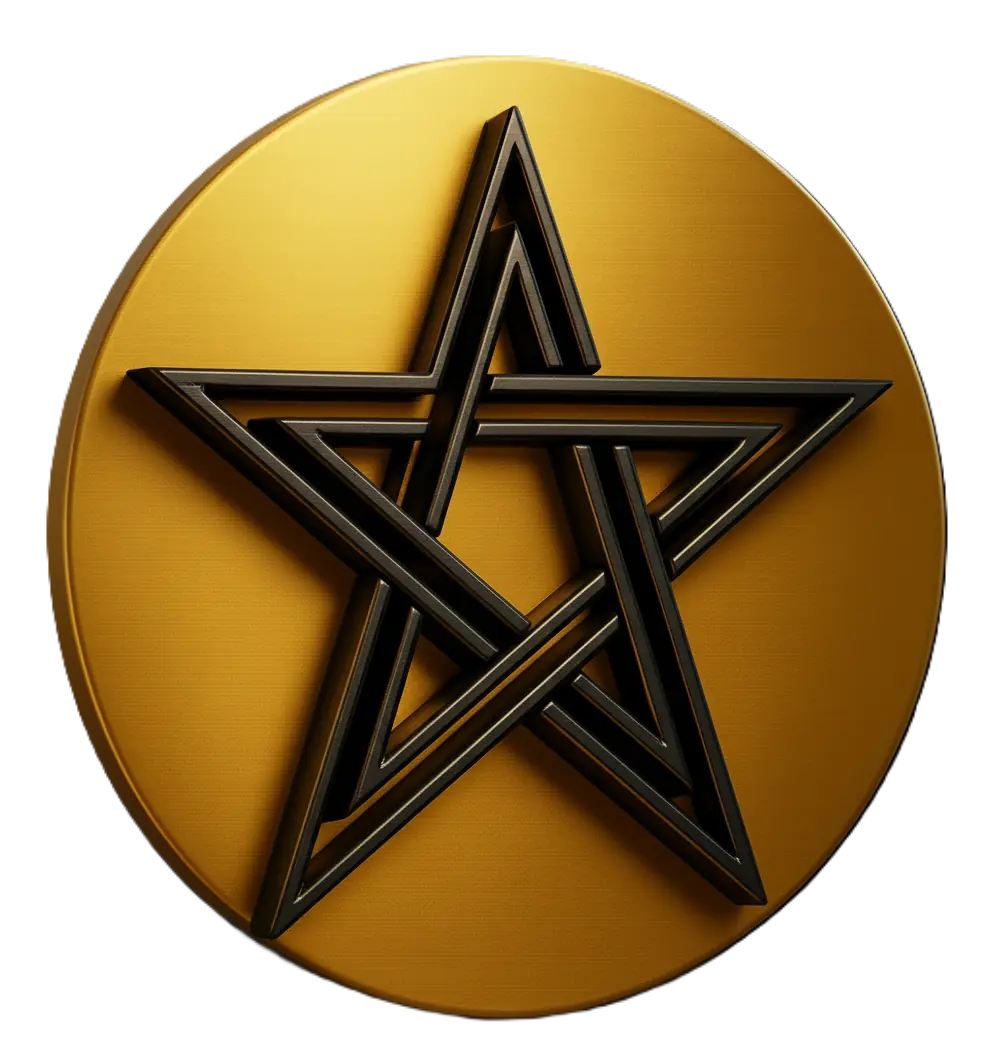
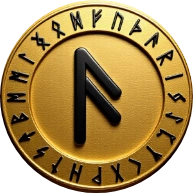
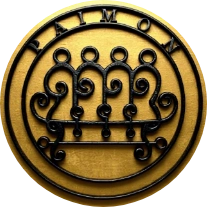
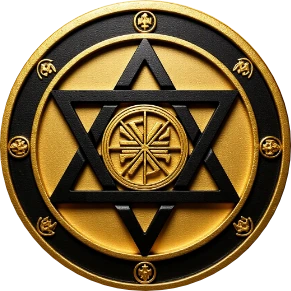

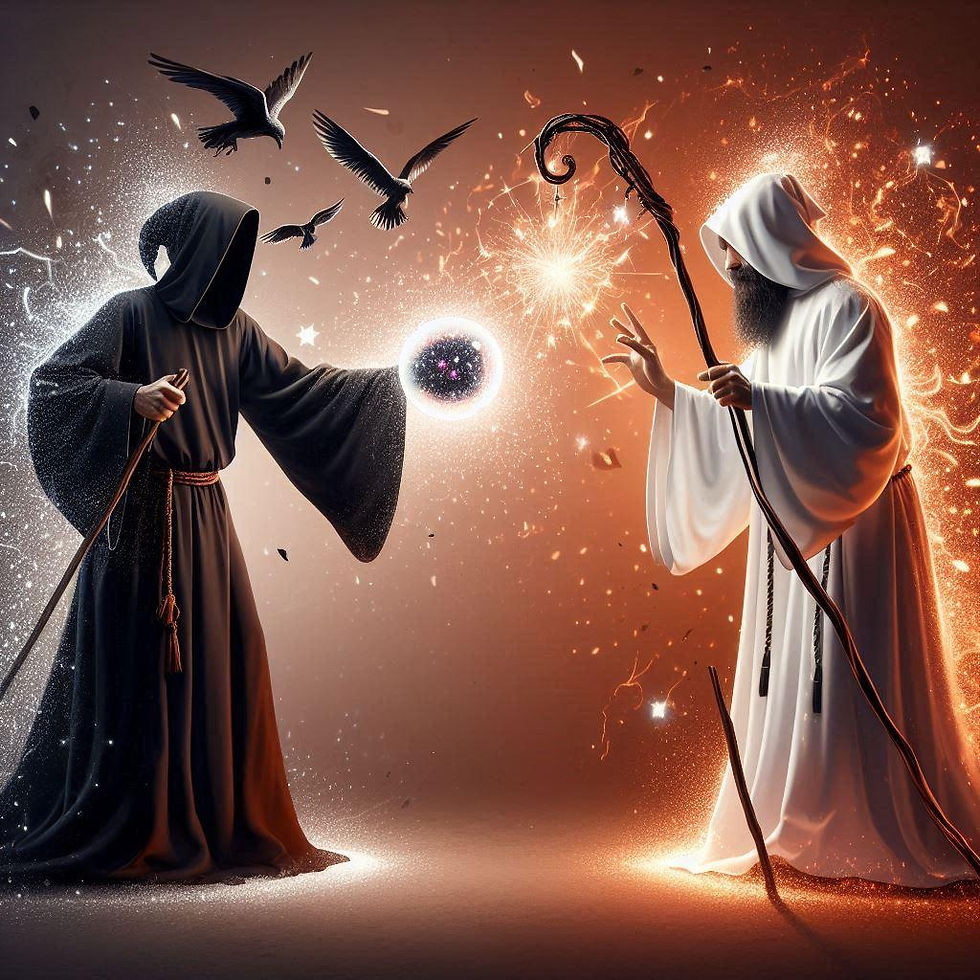

Comments